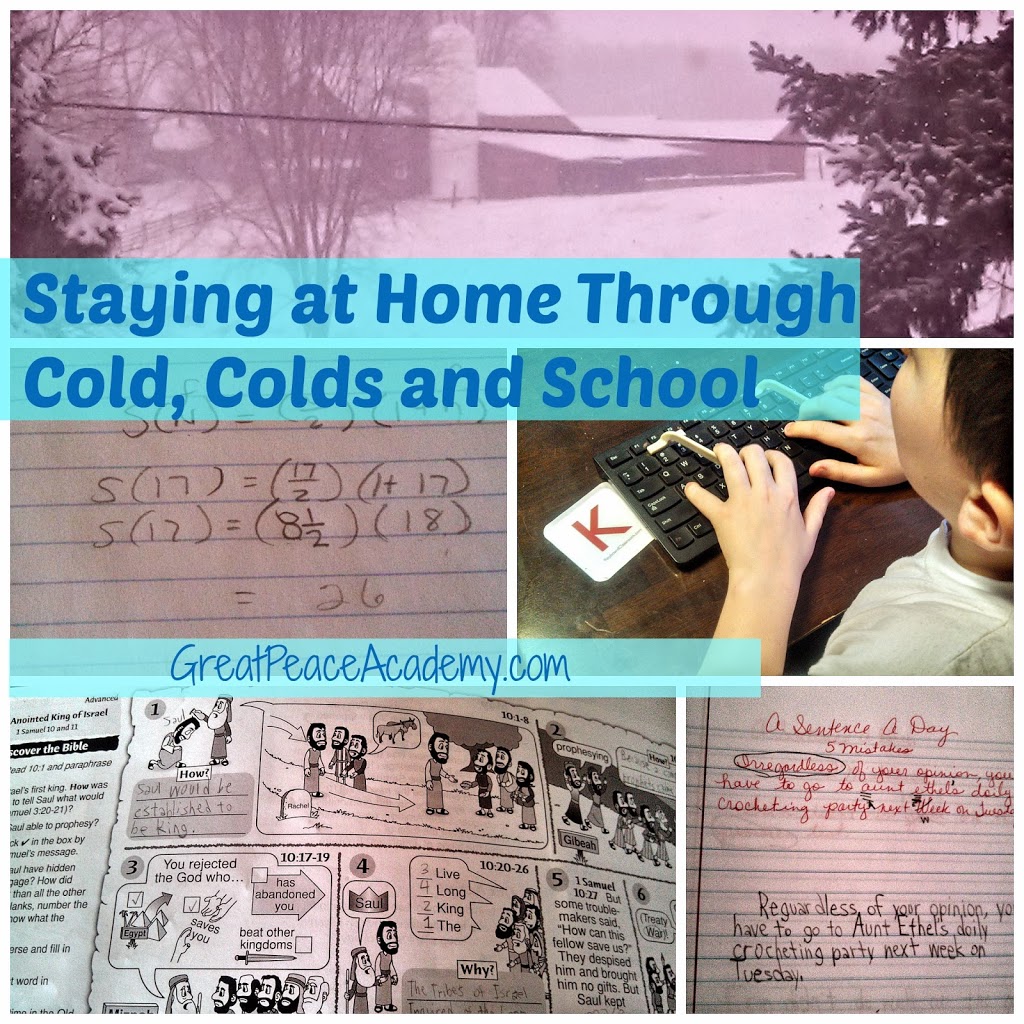
How to Cook for a Small Family
Portioning for Small Family Cooking
When meal planning it is important to know how to plan specifically for your own family size Mine is a family of three. By any standard we are a small family. When I first got married I knew how to cook. But, I didn’t know how to cook for a small family!
I wanted to also tell you about products that I think are useful in the kitchen.
This post contains affiliate advertisement links.
I grew up in a family with 4 children and 2 adults. My dad was the youngest of 9 children and where I grew up I was surrounded by my aunts, uncles, and 25 cousins, their wives and children. We were a big family. Cooking for a small family is harder than you might think.
When I got married I had to learn to cook for just the two of us. At first I found that reality to be a struggle, but quickly learned how to utilize bulk sale items at the grocery to leverage my budget to it’s fullest advantage.
Buy in Bulk, save the difference.
- If you buy in bulk you get a better cost per unit. So I learned to buy the bulk item and then portion it myself at home. That is a big advantage because that package of meat with 10 portions in a family of 5 will only feed the family 2 times if everyone eats a single portions. In my family of 3 that will feed us 3 times with a one portion left over for a lunch.
- Oh and you can buy the larger item and have the butcher portion it for you. That’s what they are there for!

- Don’t half a recipe.
In my experience most recipes will make 6-8 servings. For a family of 3 that is way too many servings. For a long time, I found myself halving recipes. Then one day I heard about this rule of thumb “cook once eat twice.” Since that time I stopped halving recipes. After cooking and before serving. I portion the item into 2 portions, I freeze one for a second meal making it a quick and easy meal for those days when we are rushing about.
- Stretching produce.
Buying produce has been one of my biggest frustrations in my small family. Frankly, it’s just ridiculous to buy as many grapes as they stick in the bags. These days they don’t want you to split the portions in the store, you have to find someone to do it for you. Which is frustrating right? Well, I’ve found a few tips helpful when it comes to produce.
- Don’t be afraid to ask them to portion the item for you. (Unless a package is sealed, such as pre-packaged lettuce.) Produce is generally sold by the pound, so if you don’t want to buy the 2 or 3 pound packaged item you don’t have to.
- If you do buy the larger item, consider how you can extend the life of it.
-
- Lettuce can be chopped and stored in a mason jar in the fridge, thus extending the shelf-life of the lettuce for up to a couple of weeks.
- Chances are you will only need 1/2 that bag of veggies or whole fruit item. So here is a quick tip to use up the other half. Cut carrots, celery, cucumbers, melons and apples (add a little lemon juice) place in snack size bags for quick and easy snacks. Throw them in with to-go lunches. If you do this the day you go grocery shopping, they are ready all week long.
- Spinach goes bad quickly, in a couple of days, you can do a flash steam then place in freezer bags and freeze.
- Banana’s just peel and freeze in a freezer bag.
- Grapes can be frozen for a quick and easy cold snack on a hot day.
- While onions keep pretty well for an extended period of time, you can also chop them and freeze them, making for an ease in cooking with chopped onions. Better yet, chop them in bulk in a food processor, split into usable portions and freeze for as needed use.
- Most veggies can be frozen, par-cook before freezing. I even freeze mushrooms. WHAT? Yep, they work great in cooked meals.
- Shred cabbage for use in soups and stews.
- Eggplant, can be cooked whole, scraped from the shell and frozen.
- Zucchini & squash and be shredded and reserved for breads or as veggie fillers in sauces
3. Use extra veggies and reduce your meat portions. It’s healthier for you and adds a depth of flavor to sauces and stews. Shredded Zucchini, squash, mushrooms, eggplant, carrots, celery, cabbage all can be added to sauces and stews for extra nutrition and added flavor.
- Buying canned foods.
That small can of veggies sometimes costs as much or more than the big size doesn’t it? Which is just wrong! You are paying for convenience. That’s OK, be smarter than the manufacturer. Buy the larger can. When you open it for use, take out what you need, then put the rest in a freezer bag and freeze.
- Snack Foods
Go ahead and buy the item, when you’ve opened it, feel free to portion out to usable sizes and store in plastic storage bags.
If you shop smarter, stock up and maintain your pantry, portion for small family for maximize savings, you can supply your small family for months on just one shopping trip.

Do you have a large family or a small one? How do you leverage the grocery store to it’s fullest advantage? Let’s talk about other options. If you are enjoying this series, be sure to follow my Pinterest Meal Planning Board.










